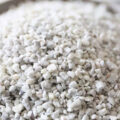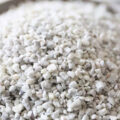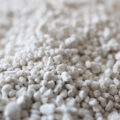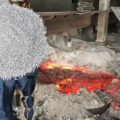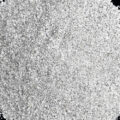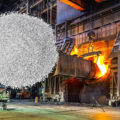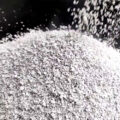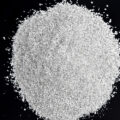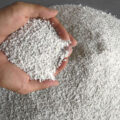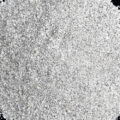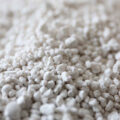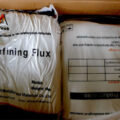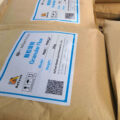Aluminum alloy granular flux is a new, efficient, and environmentally friendly additive. It is used in the secondary refining process of aluminum alloy smelting and aluminum alloy casting. Its main function is to remove slag (miscellaneous) in the aluminum melt and reduce the hydrogen content, reduces aluminum loss.
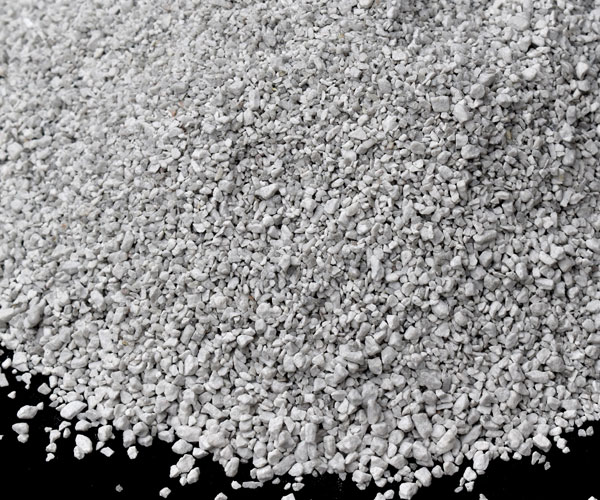
Different from the traditional powdery flux, the aluminum alloy granular flux has obvious technical advantages and economic benefits. At the same time, in the process of reacting with the aluminum melt, the gas released by the granular flux is non-toxic and has a small amount of exhaust gas, which greatly improves the production environment.
Based on the above advantages, granular aluminum alloy flux has attracted more and more attention in the industry, and there is a tendency to gradually replace traditional powdered fluxes.
AdTech aluminum alloy granular flux has two specifications: PM02 and PM06. It is white (slightly gray) granular. Using unique technology effectively improves the effect of metal aluminum liquid degassing, slagging and alkali metal removal, smokeless refining, and low dosage.
AdTech is dedicated to research and development, production, and marketing of refining agent for degassing and deslagging in molten metal during the aluminum alloy casting process. AdTech’s refining flux utilizes unique technology to enhance the traditional degassing and deslagging effect, and this technology applies to the casting process of multi-series aluminum alloy products such as micron-sized aluminum foil, PS baseboard for printing, canning material, elastic packaging material, railway transportation, aerospace products, cable & wire, and other casting aluminum purifying.
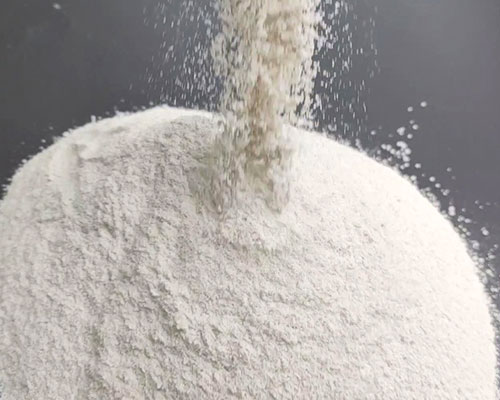
AdTech refining flux is white with slightly gray powdery fine particles. The main ingredients are chloride and villiaumite, together with other compounds. After appropriate heat treatment and screening, it turns to a uniform size, which is conducive for transferring in refining jar with(N2 or Ar) gas as the carrier to the bottom layer of molten aluminum. Through physical and chemical changes in the molten aluminum, numerous small bubbles are formed and fully in contact with molten aluminum, separating hydrogen and other harmful gases.

